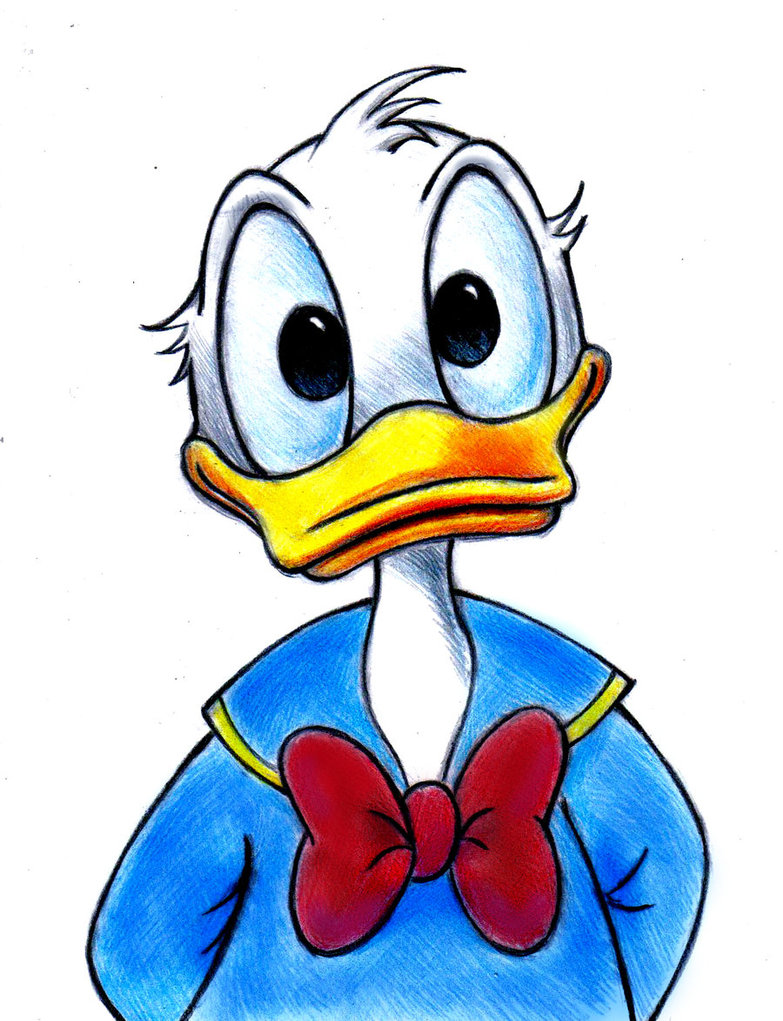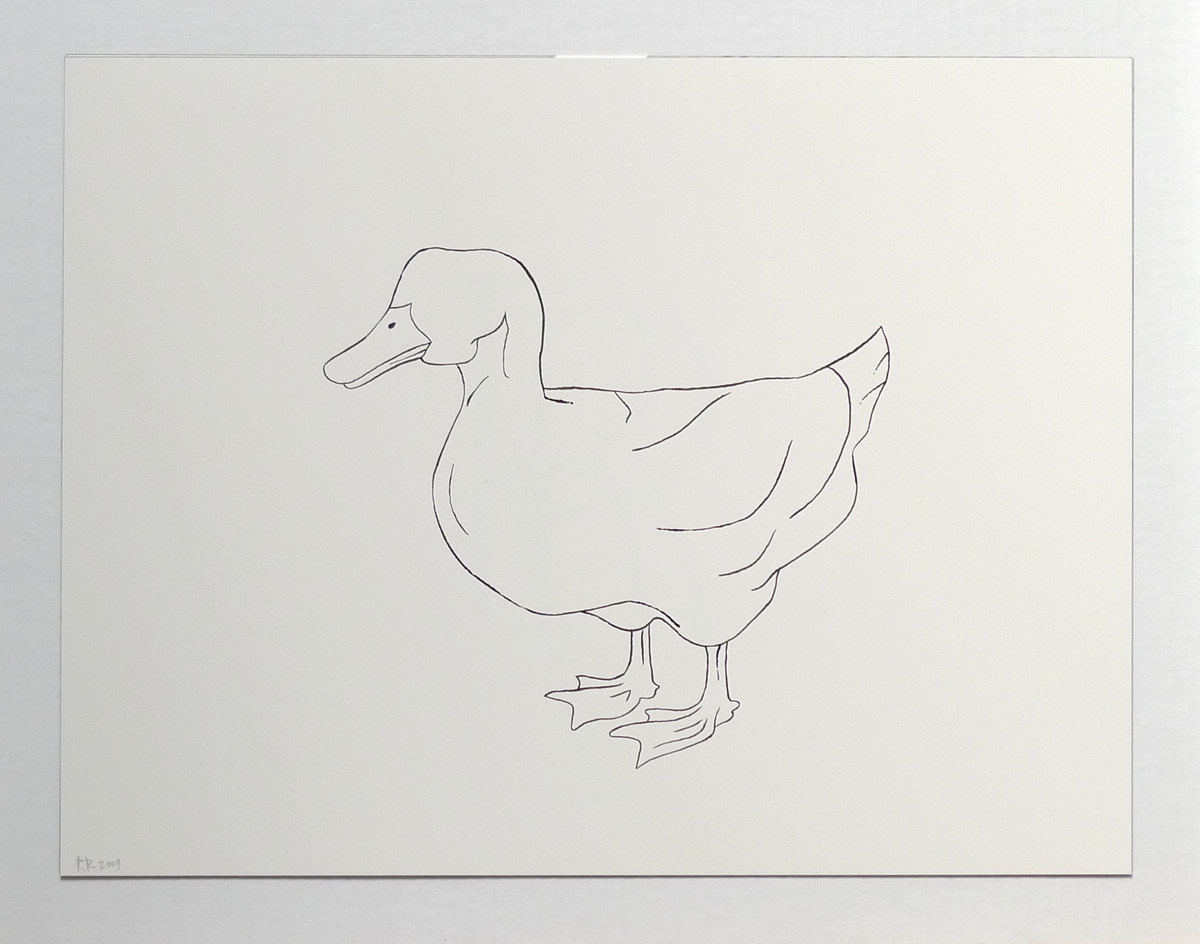
Around 44 percent of waterfowl species do mate for life, but these are typically swans and geese. Mating for life is the exception rather than the rule for duck species. Keep reading to find out more about the breeding habits of ducks, what happens when a duck suddenly dies leaving its mate without a partner, and how even the act of mating itself can be a perilous business for female ducks. Re-pairing has been noted in certain species, where bonded males and females meet up when they arrive at their overwintering grounds and find each other again when they return to their spring breeding grounds, but such occurrences are not widespread across all duck species. Some exceptions do occur, but these are in the minority. Pairs will form ahead of breeding and display a strong connection towards each other, but the following season, the likelihood is that they will breed with an entirely different mate. Unlike geese and swans, many species of which do remain bonded for their entire lives, ducks do not generally form long-term pair bonds that last beyond a single breeding season. Raising ducklings is typically undertaken by females alone, with males playing no active role.

Rather than mating for life, most duck species are what is known as ‘seasonal monogamists,’ which means they pair up ahead of the breeding season and then choose a different mate the following year.

But is this the case in reality? Do ducks mate for life? Read on to find out more about the fascinating courtship and mating rituals of ducks. It’s a cute thought, right? Drake meets duck, they breed, raise ducklings, and live happily ever after.


 0 kommentar(er)
0 kommentar(er)
